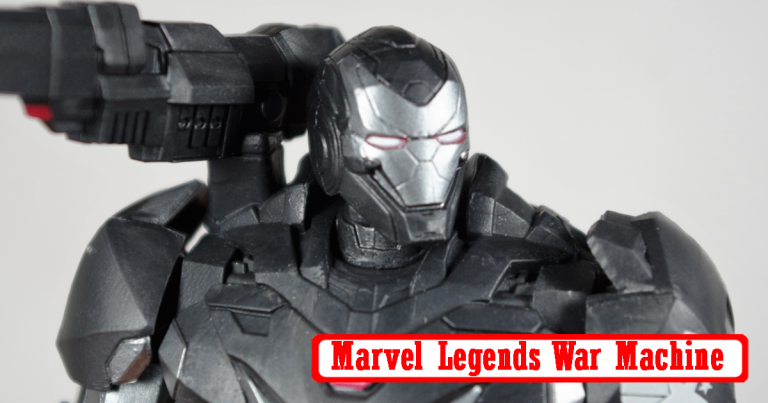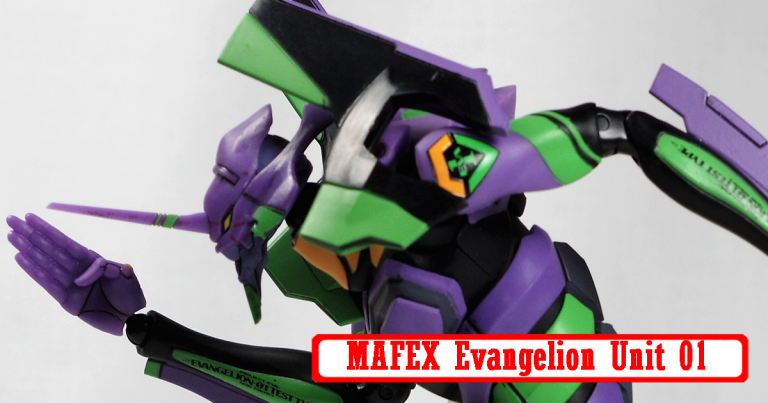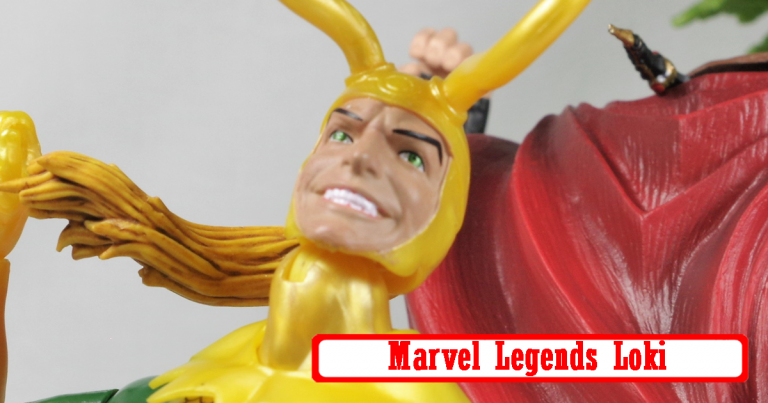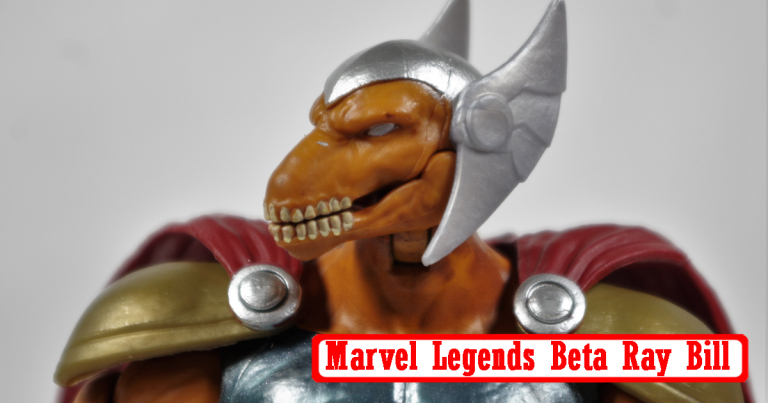Posted inMarvel Legends (MCU)
Marvel Legends – Smart Hulk Wave – War Machine MK006
I'm assuming it's War Machine Mark 6 here since he has a bit 006 emblazoned on his chest and the previous releases have different numbers. Anyway, moving on from some of the stuff that's less interesting in this wave, the first of several MCU characters from this wave is War Machine. I have to admit, for some reason I kept thinking Rhodes didn't survive the Infinity War snap. I guess it felt redundant to have Iron Man and War Machine survive. But he did, and he ended up with some new armor for Endgame. Over the course of the films,…




